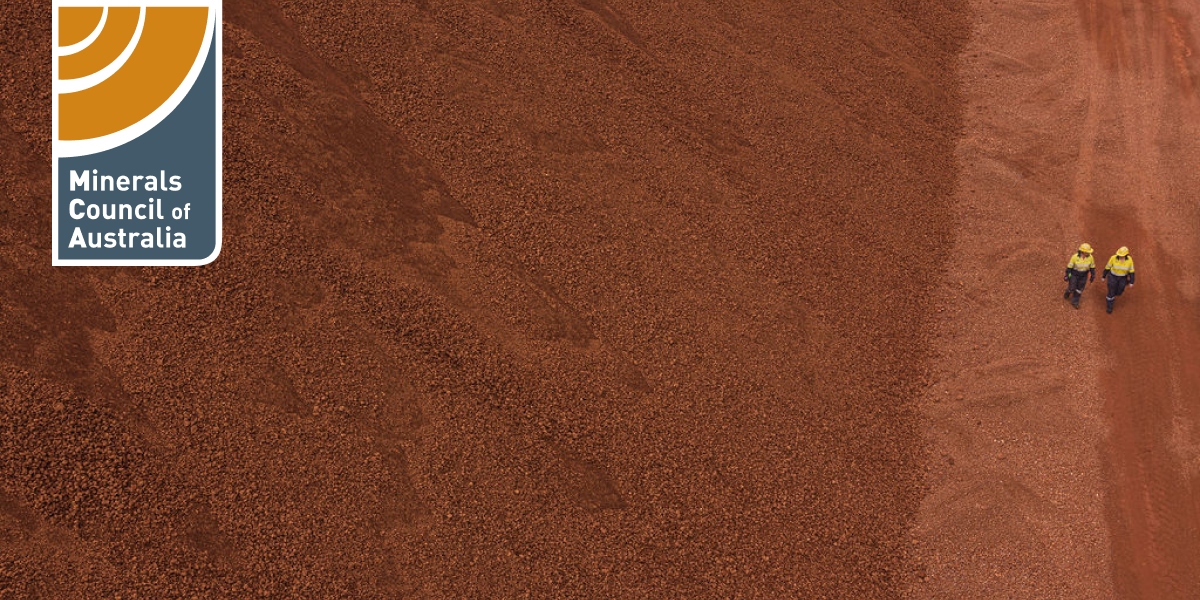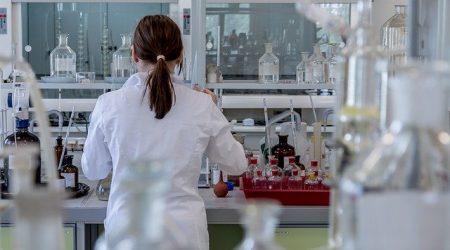In a world-first breakthrough, researchers at Monash University, CSIRO, The University of Melbourne and The University of Texas at Austin have established an unprecedented new method to filter contaminants from groundwater and industrial wastewater, opening up new options to provide safe, clean drinking water in the developing world, and to protect the natural environment from industrial water pollution. In their study published in Nature Communications, the international research team outline their unprecedented control method through which to separate particular negatively-charged ions, termed anions, from water using Metal-Organic Frameworks (MOFs). MOFs are an advanced nanostructural material comprised of porous crystals with metal ions joined together by organic linkers. MOFs contain molecular-sized pores that can store, separate, release or protect many substances, and can be scaled up to suit a variety of industrial purposes. An extremely flexible and customisable technology, there are now over 60,000 types of MOFs synthesised, with unlimited potential for researchers to identify further MOFs customisations to suit particular industry needs. Led by Professor Huanting Wang and Dr Huacheng Zhang from the Department of Chemical Engineering at Monash University, in collaboration with Dr Anita Hill of CSIRO and Associate Professor Matthew Hill of CSIRO and Monash University, Professor Benny Freeman of the McKetta Department of Chemical Engineering at The University of Texas at Austin, and Associate Professor Jefferson Zhe Liu of The University of Melbourne, the team developed a MOF with precisely tuned pores of a size and chemistry to be compatible with the selected anion. When passing over the filter material, the selected anion was attracted to the pore, and easily passed through with little force or resistance, while other anions were largely unable to pass through the pores. This is an unprecedented breakthrough, as in other water filtering methods, all forms of anions need to be removed and filtered to extract the unwanted substance from the water, a costly and energy-intensive process that often requires some of the filtered anions to be added back into the water once the unwanted anions are removed. In this instance, as outlined in the research paper entitled Fast and selective fluoride ion conduction in sub-1-nanometer metal-organic framework channels, the team demonstrated the success of this technique by identifying a MOF that showed high selectivity for fluoride anions over other anions. Although World Health Organisation guidelines determine fluoride to be safe for human consumption in levels up to 1.5 mg/litre, many developing countries have higher natural fluoridation levels in their groundwater, yet lack energy and cost-efficient methods to filter the water effectively. Also, the agriculture industry is increasingly searching for ways to clean up water pollution caused by fertiliser and pesticides, particularly in areas where contaminated run-off is at risk of entering rivers and the ocean. “Based on our research, we now have the capability to produce simple and affordable water filters that can be used safely and effectively anywhere in the world,” said Professor Wang. “This is a significant outcome for people in developing countries who lack access to safe, clean drinking water, and for industries who are increasingly seeking ways to reduce the cost of their environmental impact. Our findings also prove we have the capability to determine the most effective filtering material and method to suit a specific material, or a particular industry need.” “The ability to selectively remove targeted ions from water with such high levels of specificity provides new pathways to address fundamental challenges in energy-efficient production of fit-for-purpose water for a variety of water and energy applications,” said Professor Freeman. “This research work also demonstrates the essential value of collaboration between experiments and simulations, which helps us gain molecular-level insights into the ion transport process,” said Associate Professor Liu. “It has also helped to identify the critical role of the fluoride binding sites in the MOF nanochannels on the high ion selectivity and conductance.”
Associate Professor Matthew Hill added, “This research outcome is a great example of using high-tech, next-generation technologies to assist in the transition to a circular economy, where long-term management of wastes can generate new industries, while also protecting the environment.”








